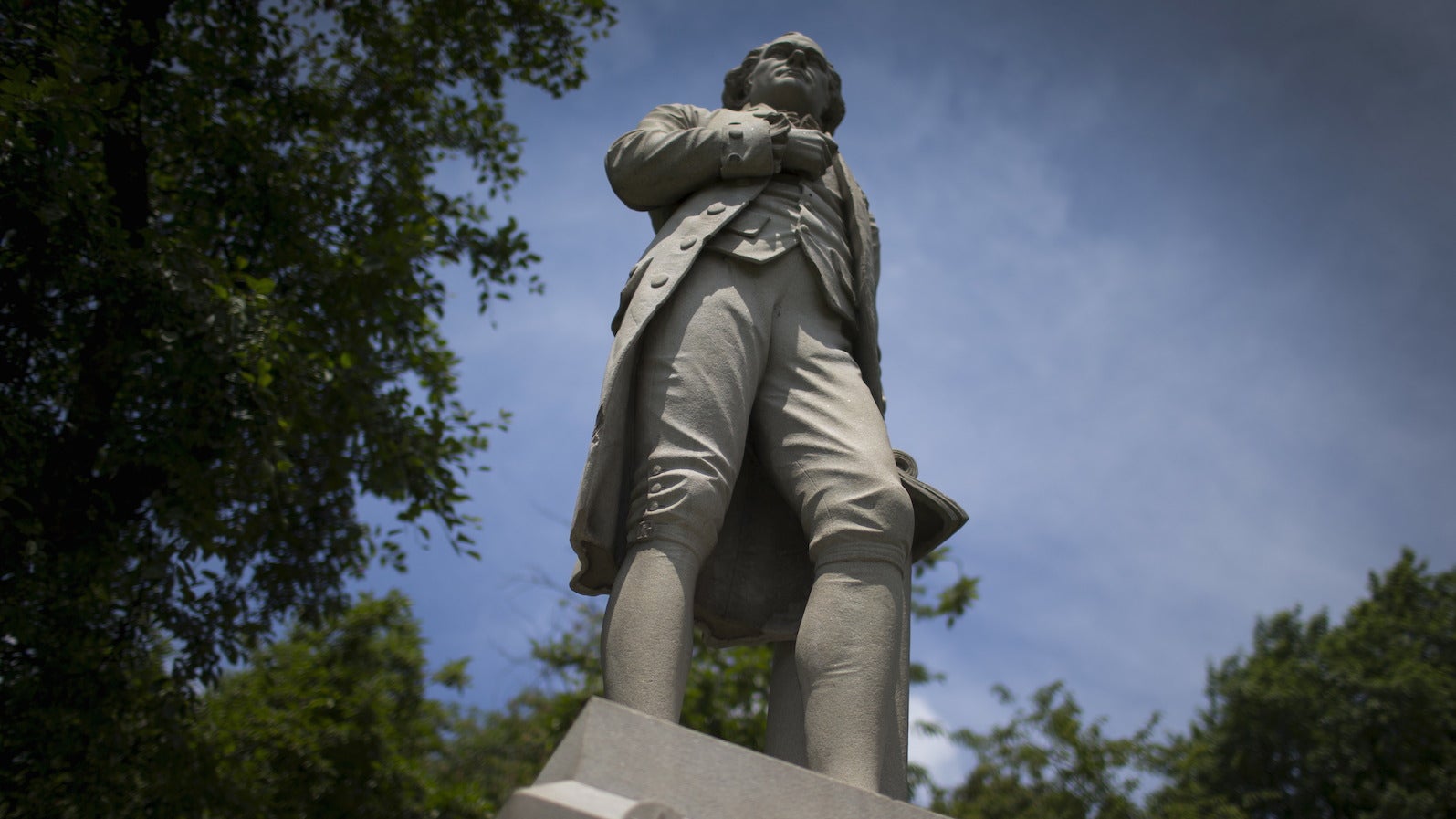Harriet Tubman on the $20 is the right answer, and the US government wasted everyone’s time looking for it
When the US Treasury Department announced its intention to put a woman on the $10 bill, I felt sorry for Alexander Hamilton.


When the US Treasury Department announced its intention to put a woman on the $10 bill, I felt sorry for Alexander Hamilton.
Now that Treasury has announced it’s keeping Hamilton where he is, I feel sorry for America.
In trying to address a clear lack of diversity on the US currency, the federal government revealed a level of ineptitude that should rattle whatever faith we have left in our leadership. It’s one thing to screw up Healthcare.gov; directing millions of people to a new website to purchase a confusing insurance product is truly difficult work. But figuring out how to give women a little face time on paper money? That wasn’t a hard one to solve.
In fact, by the time the government even took up the problem, an elegant solution already existed, courtesy of the Women on 20s campaign: toss US president Andrew Jackson off the $20 bill and give the spot to a deserving woman.
Jackson, notable in history books mainly for his ruthless treatment of Native Americans, would be missed by virtually no one. And women, whose contributions to society have long been under-appreciated, would finally see one of their own achieve an honor previously reserved only for men. It would take some time to sort out—the $20 bill isn’t due for a redesign until 2030—but this was a denomination worth waiting for. After all, in most places, it’s the only bill you can withdraw from the ATM.
But instead of taking the most logical path, the Treasury Department looked this beautiful idea in the face and ran in a new, strange direction. To the surprise of everyone, Treasury secretary Jacob Lew announced in June 2015 that a woman would in fact go on the $10 bill, presumably in the spot currently occupied by Hamilton.
From the beginning, it felt rather odd that the father of the US financial system would be cast aside in this manner. By the time Lin-Manuel Miranda won a Pulitzer for his beloved Broadway musical about the immigrant-turned-patriot’s rise to prominence, the idea of ditching Hamilton had become a nonstarter.
And so, on April 20, Lew reportedly is ready to announce a new compromise. Hamilton will be staying right where he is, but the back of the $10 will be redesigned to include images of several women worthy of recognition in time for its 2020 redesign. Meanwhile, heroic abolitionist Harriet Tubman will eventually replace Jackson on the $20.
It’s hard to argue with the end result here, although Lew will undoubtedly catch criticism for backtracking on his initial plan. For starters, after promising women a prominent spot on the $10, he’s now relegating them to the back of the bill. That’s something that probably won’t sit well with women, even those of us who were feeling protective of Hamilton’s legacy. Secondly, the new $20 note is still many, many years away. Indeed this always would have been the case, but after being tantalized by the prospect of seeing a prominent portrait of a woman on the $10, which is due for a redesign in 2020, the timetable for redesigning the $20 suddenly feels a lot longer.
But what’s really worthy of criticism is that our government officials spent the better part of a year tripping over themselves just to land on the solution that was far and away the best one from the start.